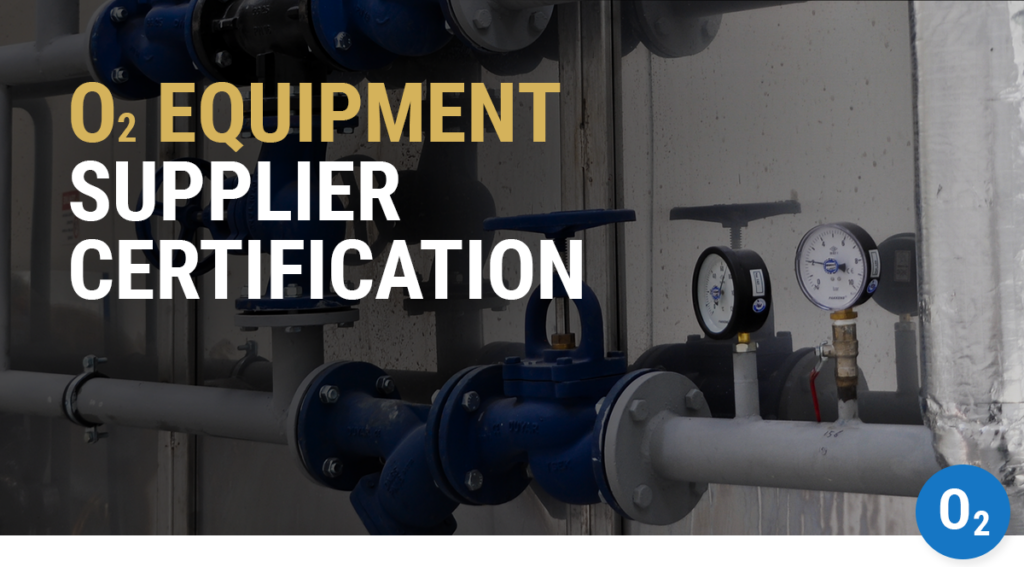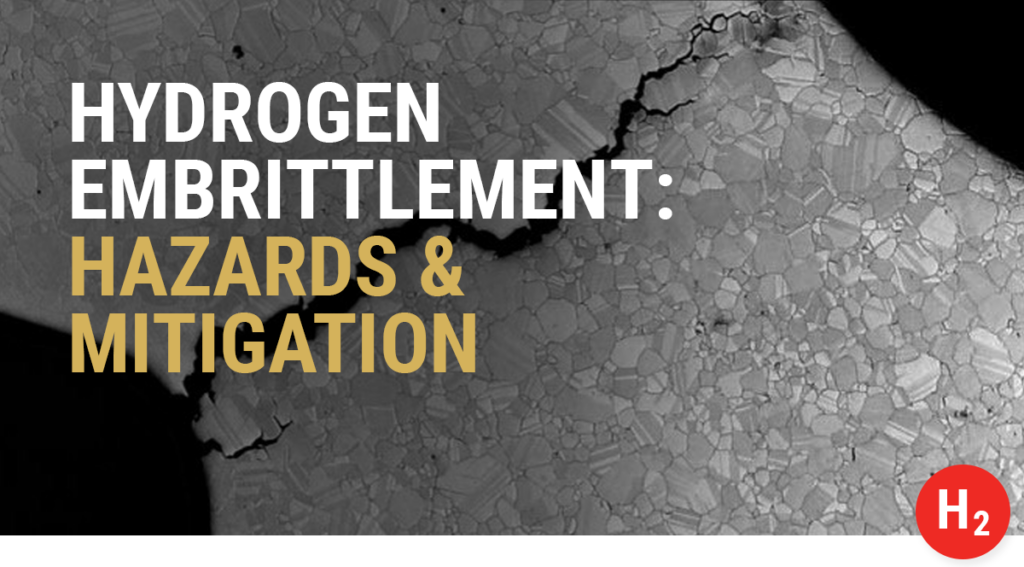Will hydrogen power the future of Aerospace?
Highlights
- Engineers have used hydrogen in rocket fuel and hydrogen fuel cells since the early years of space exploration.
- Hydrogen’s high power and quick refueling potential make it an attractive clean energy option for new aerospace applications as well.
- Challenges to using hydrogen in aerospace include unique safety considerations, large-scale infrastructure changes, and public perception due to historical incidents.
As the world moves towards clean energy technologies, finding alternatives to traditional fuels is particularly challenging in the aviation industry.
For one thing, human-made flying vehicles must generate incredible amounts of thrust to combat gravity. They must also carry sufficient fuel to stay airborne for long durations across continents and oceans. By and large, electric batteries or solar power alone fail to supply both the power and longevity required for aerospace. Hydrogen, however, could provide both.Hydrogen has a few other major advantages for aviation:
- Hydrogen fuel is readily available — it can be efficiently produced as a petroleum byproduct, through electrolysis, or through other innovative technologies.
- As a liquid or pressurized gas, it’s relatively easy to transport.
- It’s also quick to refuel, unliketoday’s batteries which need a long charge time.
- Hydrogen burns cleanly, producing nothing but pure water as hydrogen atoms bond with oxygen.
For all these reasons, liquid hydrogen has served as a powerful rocket fuel for many decades. More recently, aerospace applications of hydrogen have expanded to include both fuel cells and combustion fuel.
So, could hydrogen power be the future of aviation and space flight? Let’s explore this question further.
Liquid Hydrogen (LH2) Rocket Fuel
Liquid hydrogen (LH2) fuel has many benefits that make it a popular choice for secondary/upper rocket stages after solid rocket fuels provide the extra thrust for liftoff. For this reason, Liquid hydrogen (LH2) fuel has played an important role in space exploration since NASA’s Apollo program. The Saturn rockets used it for their secondary stage engines, and the NASA space shuttles used it to power their three main rocket engines.
What makes liquid hydrogen such a good rocket fuel? Here are a few of the specific benefits:
Liquid hydrogen is efficient by weight
Hydrogen has a low molecular weight, and its efficiency means it can store a substantial amount of energy within a relatively small volume. This makes it attractive as rocket fuel since engineers must balance energy density with mass constraints.
Hydrogen has a higher specific impulse
A higher specific impulse means that liquid hydrogen is able to produce more thrust for a longer time, and has a better fuel efficiency. Liquid hydrogen’s high specific impulse means it can make rockets go farther and faster while using less fuel.
Hydrogen burns clean
When hydrogen combines with oxygen to produce energy, the main byproduct is pure water vapor. This is in contrast to other fuels that release harmful gasses and pollutants when burned. The clean combustion of hydrogen helps reduce the environmental impact of space missions.
Liquid hydrogen vs. methane as rocket fuel
Advantages and disadvantages of liquid hydrogen as rocket fuel, compared to liquid methane. | |
| Advantages | Disadvantages |
| Specific impulse Liquid hydrogen is able to produce more thrust for a longer time. | Lower Boiling Point Liquid hydrogen’s relatively low boiling point means fuel tanks have to be better insulated and vented. |
Weight Efficiency Liquid hydrogen can store a substantial amount of energy in a relatively small mass. | Storage A kilo of hydrogen is much larger than a kilo of methane, meaning tanks have to be larger. |
Cleaner Burn Liquid hydrogen produces only pure water vapor. | More Expensive Liquid hydrogen is not as cheap to produce as liquid methane. |
In recent years, aerospace engineers have begun to use liquid methane to fuel rockets. So does that mean that liquid methane will replace liquid hydrogen as the liquid fuel of choice? Not necessarily, says one WHA’s hydrogen experts.
“Hydrogen certainly still plays a role in rocket propulsion,” says Danielle “Dani” Murphy, PhD, who leads WHA’s hydrogen services. “Although some rockets now utilize or plan to utilize liquid methane, many others choose to use liquid hydrogen as their propellant. There are advantages and disadvantages to both. While hydrogen is the most efficient propellant by weight, has higher specific impulse, and burns cleaner, it has a lower boiling point, is more difficult to store, and is more expensive to produce and transport.”
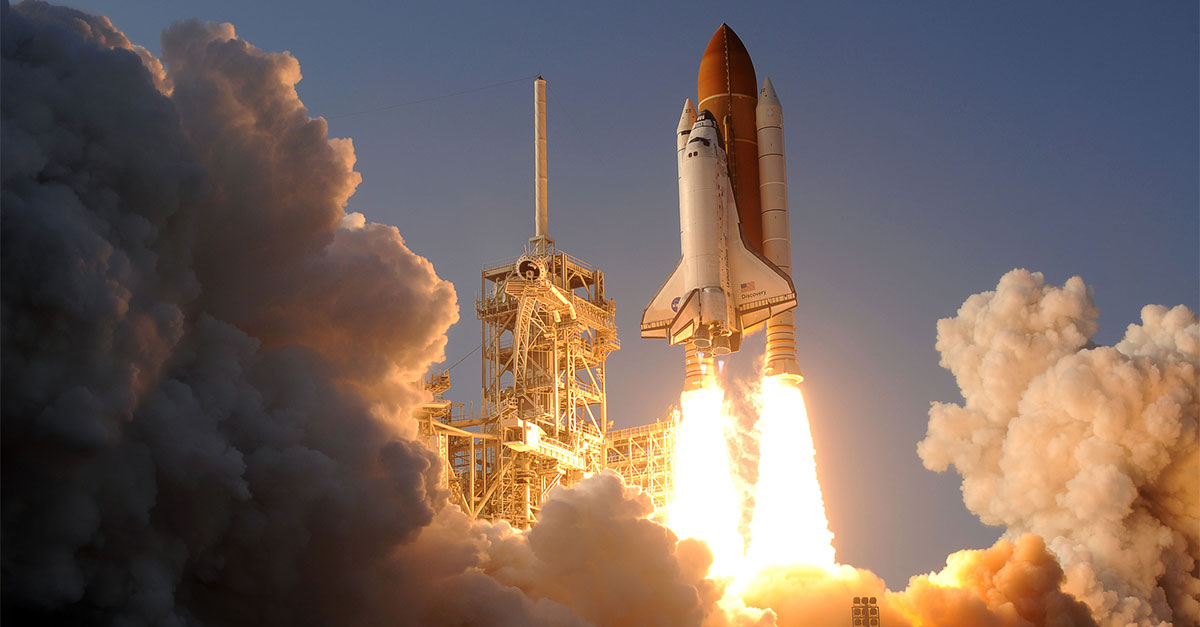
Today, hydrogen continues to show promise as a rocket propellant for both government and private industry launch systems and vehicles. The Atlas Centaur stage rocket, Delta III and IV rockets, the H-IIA rocket, and the European Ariane 5 and 6 all use LH2 rocket fuel.
WHA Industry Connection: Many of WHA’s founding engineers began their careers at NASA. WHA Principal Chemist Dr. Harold Beeson served on the team that developed the NASA Standard for Hydrogen and Hydrogen Systems.
Hydrogen Fuel Cells in Aerospace
A little closer to the ground, commercial industry and NASA have partnered to explore the benefits of hydrogen as a fuel cell system. The Pathfinder and Helios projects were developed by AeroVironment, Inc. under NASA’s Environmental Research Aircraft and Sensor Technology (ERAST) program.
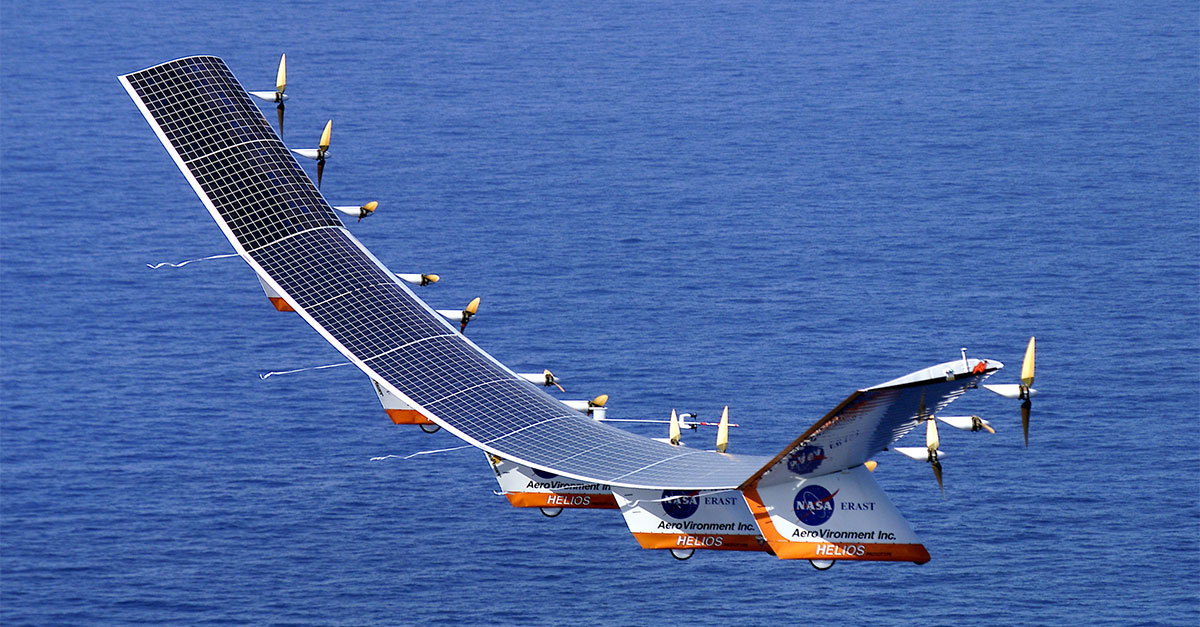
These experimental long-range unmanned vehicles use a hybrid system in which hydrogen fuel cells are replenished by electrical power from solar arrays. During the day, solar cells produce electricity which separates water into hydrogen and oxygen through electrolysis. At night, the fuel cells generate electricity from the stored gasses, and the cycle continues. This unique combination offers theoretically indefinite day and night continuous operation.
WHA Industry Connection: WHA engineers provided design support for both the Pathfinder and Helios projects. These projects leveraged WHA’s unique combination of expertise in both hydrogen and oxygen systems.
Hydrogen Combustion Engines in Aviation
Fuel cells may be suitable for long-range light duty, but where do other aircraft fit in? Several major commercial airliners have their eyes on hydrogen as a clean alternative fuel for traditional turbojet and turbofan engines.
In 2020, Airbus unveiled three concepts for hydrogen-fueled aircraft, all dubbed “ZEROe” for zero emission. They plan to launch the first craft by 2035, making it the world’s first zero emission commercial aircraft.
“I strongly believe that the use of hydrogen – both in synthetic fuels and as a primary power source for commercial aircraft – has the potential to significantly reduce aviation’s climate impact.”
Guillaume Faury, CEO of Airbus.
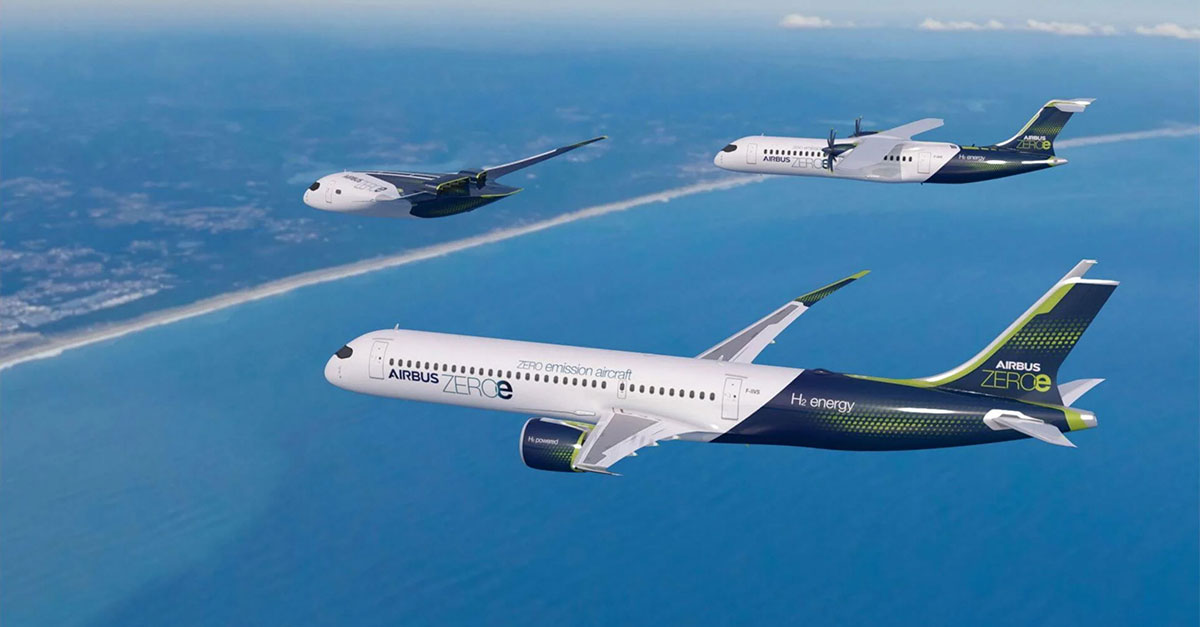
All three ZEROe concepts utilize liquid hydrogen fuel to power modified gas turbine engines. In the largest concept, hydrogen turbofans provide lift for up to 200 passengers with a range of 2,000+ miles. A smaller hydrogen turboprop design is also in the works, carrying up to 100 passengers with a range of 1,000+ miles. A bold blended-wing body design offers enhanced flexibility for hydrogen storage and distribution as well as cabin layout.
Challenges to using Hydrogen in Aerospace
Before hydrogen can see widespread use as an alternative fuel, the aerospace industry must overcome several key obstacles to adoption:
- Extreme conditions: Hydrogen has a relatively low energy density, meaning that it must be stored in large quantities for any practical application as a fuel. To compensate, modern transportation applications are pushing the limits of technology with higher pressures and extreme cryogenic temperatures.
- Public perception: Hydrogen first saw action in aviation not as a fuel, but as a lift mechanism in Zeppelins and airships as early as the mid-1800s. Although hydrogen is no longer used commercially in this capacity, historic events like the Hindenburg incident have left a mark on the industry, even though hydrogen was not the main source of fuel for the event.
- Infrastructure: Airports will require significant infrastructure changes to accommodate hydrogen transportation and refueling. Handling of hydrogen on such a large scale represents additional logistical challenges and fire/explosion hazards.
WHA Industry Connection: WHA Mechanical and Forensic Engineer Dr. Dani Murphy brings a wealth of experience from NREL (National Renewable Energy Laboratory) where she was involved in research for hydrogen infrastructure, including filling station design and safety.
WHA Supports Hydrogen Technology in Aerospace
“The transition to hydrogen, as the primary power source for these concept planes, will require decisive action from the entire aviation ecosystem. Together with the support from government and industrial partners we can rise up to this challenge to scale-up renewable energy and hydrogen for the sustainable future of the aviation industry.”
Guillaume Faury, CEO of Airbus.
For decades, WHA has worked with the aerospace industry to overcome the safety challenges associated with hydrogen.
Our scientists and engineers are intimately familiar with the unique risks of hydrogen and oxygen in aerospace, having been involved in the creation of multiple global standards including NASA’s Standard for Hydrogen and Hydrogen Systems.
We have partnered with both government and private organizations to provide:
- failure analysis
- hazard analysis and design support
- custom testing
- and technical training for hydrogen.
WHA is also involved in exciting new hydrogen projects on the ground, like the development of a hydrogen-powered locomotive in California.
Regardless of the application, as the hydrogen economy grows, so do the risks. WHA is proud to work with our industry partners to help ensure a safer, cleaner future for everyone — on the ground and in the skies.
Originally published October 23rd, 2023.
Share this entry
Related Articles
Nonmetals Oxygen Compatibility Requirements: Guide to CGA/EIGA Compliance
The Compressed Gas Association (CGA) and European Industrial Gases Association (EIGA) have harmonized key documents providing guidance…
WHA Launches Oxygen Equipment Supplier Certification Program
Ignition and combustion hazards are present in almost all oxygen and oxygen-enriched systems, and catastrophic fires have…
Hydrogen Embrittlement: Hazards and Mitigation Strategies
Hydrogen embrittlement (HE) is a critical concern in industries utilizing hydrogen, posing significant safety concerns if not…
Request an expert
consultation
Contact us to request a free consultation with an experienced engineer who can help you better understand your needs and our solutions.


